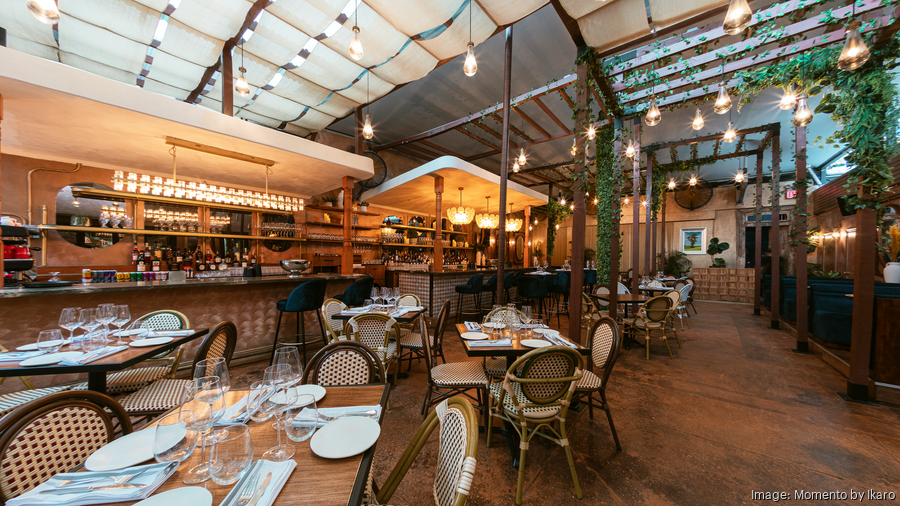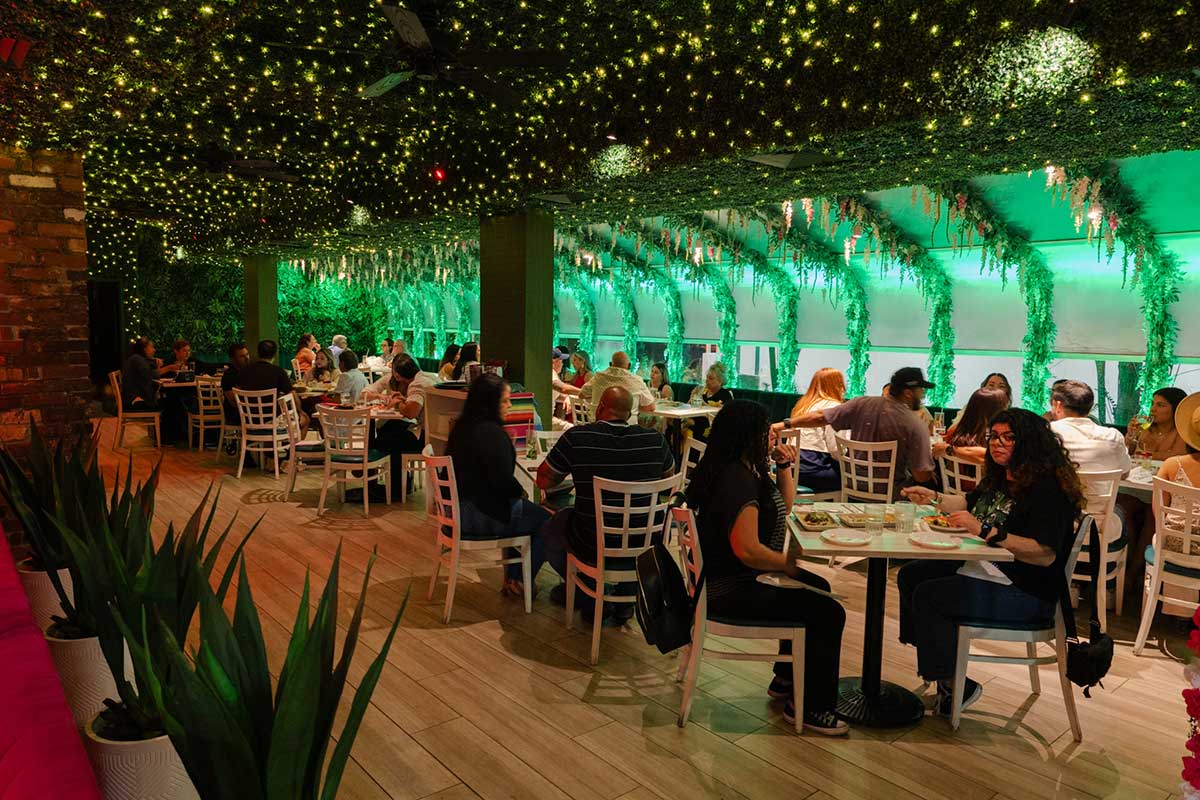Everything You Need to Know About Rhinoplasty

Rhinoplasty in Islamabad, Pakistan often called a “nose job,” is one of the most sought-after cosmetic surgeries. This procedure involves reshaping or resizing the nose for aesthetic purposes or to correct functional problems like breathing difficulties. Rhinoplasty is a delicate surgery, requiring expertise and precision, and it can be life-changing for those who are unhappy with the shape or function of their nose. This blog will cover the reasons for rhinoplasty, types of procedures, what to expect during recovery, and the potential results.
Why People Choose Rhinoplasty
People opt for rhinoplasty for both cosmetic and functional reasons:
- Cosmetic Concerns: Many individuals seek rhinoplasty to enhance their facial appearance by altering the size or shape of their nose. Some common reasons include:
- Correcting a hump or bump on the bridge of the nose.
- Reducing the size of a bulbous nasal tip or wide nostrils.
- Straightening a crooked nose, often resulting from trauma or genetics.
- Making the nose appear more proportional to the rest of the face.
The aesthetic benefits of rhinoplasty often lead to increased self-esteem, allowing individuals to feel more confident in their appearance.
- Medical Needs: Functional rhinoplasty addresses breathing problems caused by structural issues like a deviated septum or nasal blockages. Correcting these problems can improve airflow, reduce snoring, and improve overall respiratory health. In some cases, rhinoplasty is necessary to correct trauma or injuries that have impaired the nose’s function.
Types of Rhinoplasty Procedures
Several types of rhinoplasty procedures are available, each designed to address specific issues or goals:
- Open Rhinoplasty: This is the most common approach for complex cases. In open rhinoplasty, the surgeon makes an incision along the columella, the strip of tissue between the nostrils, allowing for better access and visibility of the nasal structure. This method is preferred for significant reshaping of the nose, especially for those with asymmetry, a crooked nose, or a bulbous tip. Though the scar is minimal and usually fades over time, this approach allows the surgeon to make more precise adjustments.
- Closed Rhinoplasty: In closed rhinoplasty, the incisions are made inside the nostrils, leaving no visible scarring. This method is less invasive than open rhinoplasty and results in a shorter recovery time. However, it’s typically used for less complicated cases, where significant reshaping is not required.
- Revision Rhinoplasty: Also known as secondary rhinoplasty, this procedure is performed on individuals who have previously undergone rhinoplasty but are dissatisfied with the results or need corrections for functional issues. Revision rhinoplasty is often more complex due to the presence of scar tissue and previous alterations.
- Septorhinoplasty: This procedure combines both aesthetic reshaping and functional correction, particularly for individuals with a deviated septum or other structural issues affecting breathing. In a septorhinoplasty, the surgeon corrects the septum to improve airflow while simultaneously reshaping the nose for cosmetic enhancement.
- Non-Surgical Rhinoplasty: This is a less invasive option that involves the use of dermal fillers, such as hyaluronic acid, to temporarily reshape the nose. It can address minor issues like a dorsal hump or asymmetry without the need for surgery. However, the results are temporary and last only 6 to 18 months, depending on the type of filler used.
The Rhinoplasty Procedure
Rhinoplasty is typically performed under general anesthesia, but for simpler cases, local anesthesia with sedation may be used. The procedure generally lasts 1 to 3 hours, depending on the complexity.
In an open rhinoplasty, the surgeon will make a small incision on the columella and lift the skin to access the bone and cartilage. In closed rhinoplasty, the incisions are hidden inside the nostrils. Once the necessary adjustments are made—whether it’s reducing or augmenting the nasal bridge, reshaping the tip, or correcting the septum—the surgeon will close the incisions and apply a splint to protect the nose and maintain its new shape during the healing process.
Recovery After Rhinoplasty
Recovery after rhinoplasty is a gradual process, and it’s essential to understand what to expect during each phase:
- First Week: During the first few days, there will be swelling, bruising, and some discomfort, particularly around the eyes and nose. You’ll be advised to keep your head elevated to reduce swelling. The nasal splint is usually removed after one week, and by then, most people feel comfortable returning to light activities.
- Weeks 2-4: Swelling continues to subside, and bruising starts to fade. At this point, most people can return to work or school, but it’s essential to avoid strenuous exercise or activities that could risk injuring the nose.
- 1-3 Months: By this stage, the swelling significantly diminishes, and the shape of the nose becomes more refined. However, subtle swelling can persist, especially at the tip of the nose.
- Final Results: It can take up to a year for the final results of rhinoplasty to fully appear, as the skin and tissues settle into their new shape. Patience is key, as the nose will continue to change over time.
Expected Results and Considerations
Rhinoplasty can bring about dramatic changes, both in terms of appearance and function. A well-executed rhinoplasty should look natural and enhance the overall harmony of the face, rather than making the nose look “operated on.” It’s important for patients to have realistic expectations; while the procedure can greatly improve facial balance, it won’t transform the entire appearance.
The functional benefits are equally important. For individuals with breathing problems, rhinoplasty can lead to a significant improvement in quality of life. Improved airflow can enhance sleep, reduce snoring, and even improve exercise performance.
Risks and Potential Complications
Like any surgery, rhinoplasty carries some risks, including infection, bleeding, scarring, or dissatisfaction with the results. It’s essential to choose a skilled, board-certified plastic surgeon with a thorough understanding of both the cosmetic and functional aspects of nasal anatomy.
In some cases, a revision rhinoplasty may be needed if the initial results do not meet the patient’s expectations or if complications arise. This is why clear communication between the surgeon and the patient regarding goals and expectations is critical.
Conclusion
Rhinoplasty is a highly individualized procedure that can address both aesthetic and functional concerns. Whether you’re considering it to improve your appearance, correct a breathing issue, or repair damage from an injury, it’s important to consult with an experienced surgeon and thoroughly understand the process.
With proper planning, realistic expectations, and a skilled surgeon, rhinoplasty can result in a natural-looking, harmonious appearance that enhances both self-confidence and quality of life.







